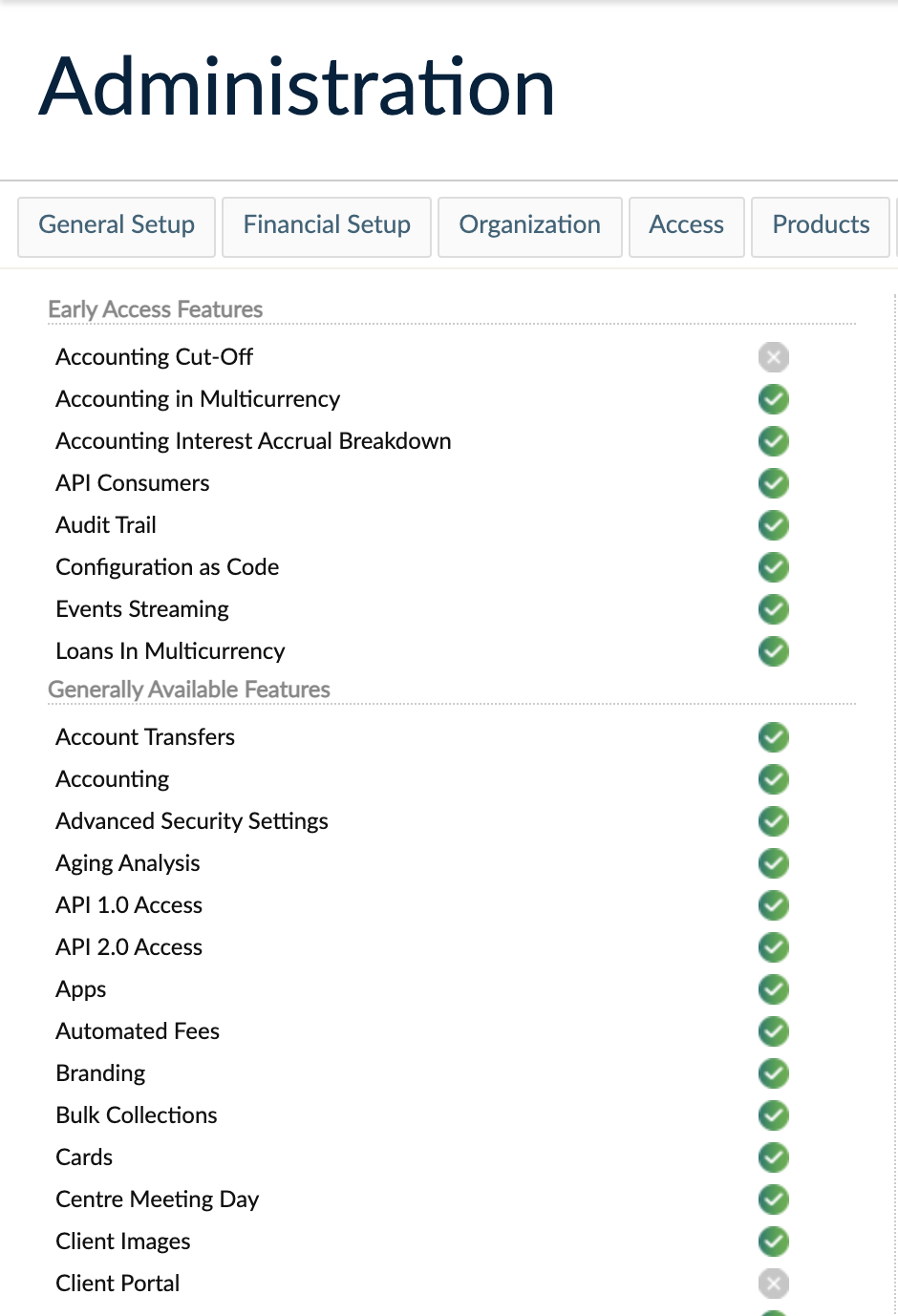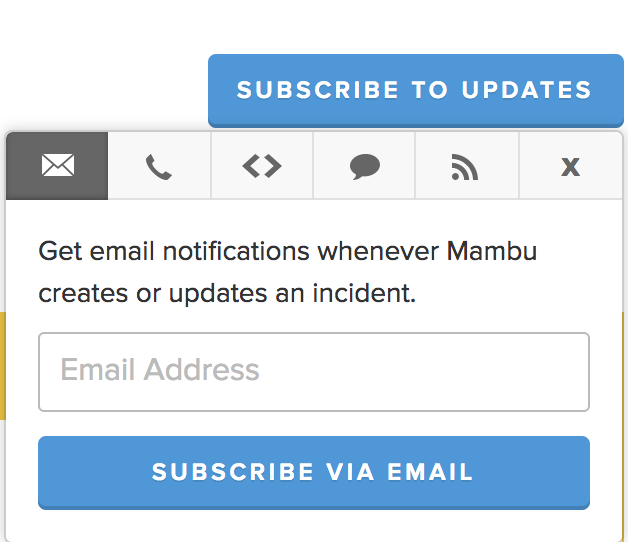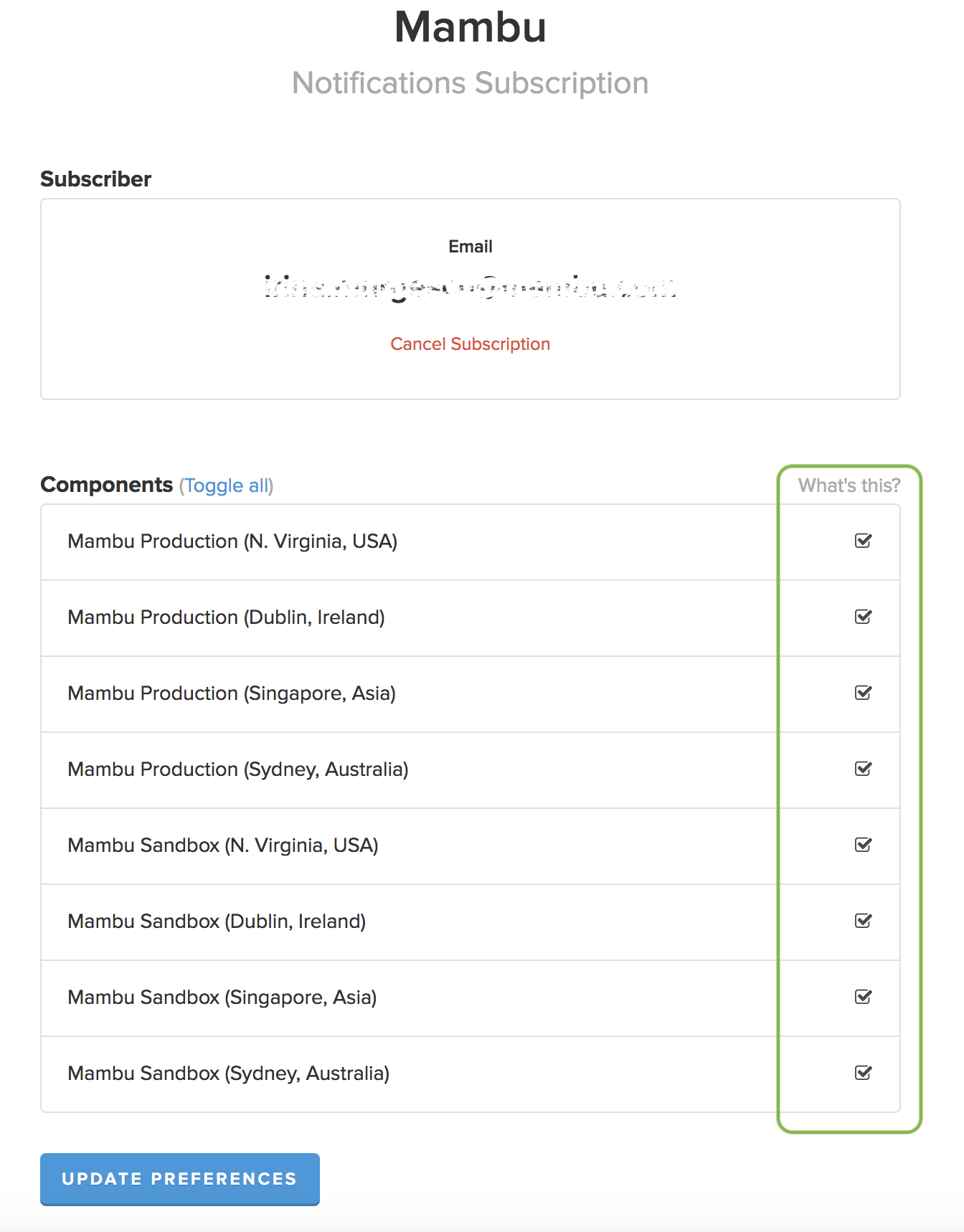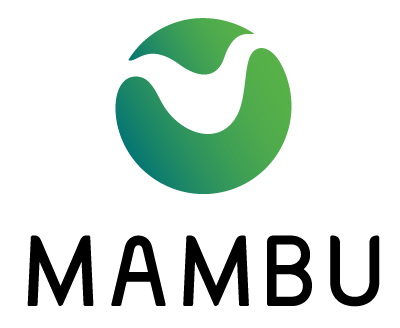- 14 Apr 2022
- 6 Minutes To Read
- Print
- DarkLight
- PDF
Mambu Release Cycle
- Updated On 14 Apr 2022
- 6 Minutes To Read
- Print
- DarkLight
- PDF
Release Process
Mambu uses a continuous delivery model for product updates, which allows us to seamlessly provide updates and to react quickly if an issue should occur.
Our release process is designed to ensure that you will have no downtime in almost every case. Application releases do not result in downtime. A small number of infrastructure updates may require very short periods of downtime, but they are always scheduled in advance.
Releases are first rolled out to sandbox environments and then to production environments, usually a day or so after they are released to sandbox. The exact timing depends on various factors, and it can range from several hours to a couple of days.
Our Status Page provides additional information on when release versions are deployed in each region - scroll down to the Past Incidents section of the page for details.
Versioning
We use a loose versioning system similar to semantic versioning, using the following structure:
major.minor.patch
Unlike semantic versioning, in our release versioning system, breaking changes may occur in minor releases. Major version changes include substantial, large-scale changes, while minor versions are generally released weekly. Patch releases are generally bug fixes.
You will be notified in advance by email of any breaking change. They are also clearly indicated in our release notes. For more information, see Release Notes below.
Breaking changes
Breaking changes are changes that require that you take action to continue using a feature without interruption. Breaking changes may involve changes to API contracts, such as changes to the definition of API inputs, outputs, and specifications, or any other change to existing functionality.
Planning and notifications
Whenever possible, when we release a breaking change, we maintain the old, deprecated version of the feature in parallel with the new version in order to provide you with more time for migration. In such cases, we maintain the old version for a minimum of three months, and then remove it.
If it is not possible to maintain a deprecated feature, we will send out an announcement at least three months before we release the change with details on what will be changed and with an estimated release date.
In this case, the support for the old feature version is dropped at the same time that the new version is released. You will have to update your workflows and integrations before the release date to maintain uninterrupted operation.
Feature Release Status
Major features or capabilities are usually in one of three stages in our release cycle:
- Generally Available
- Early Access
- Non-Production Preview
Documented features may be in limited release without being in one of these three formal stages. Any feature that is not generally available is identified in our documentation.
Generally Available
A feature or capability in the Generally Available stage is available to all customers, provided the feature is included in their contract and is compatible with their cloud service provider.
Some features or capabilities in this stage are automatically enabled. If you would like to request access to a Generally Available feature or capability that is not automatically enabled for your environment, please get in touch with your Mambu Customer Success Manager to discuss your requirements. There may be additional commercial agreements or other additional requirements that need to be fulfilled.
The availability of some features or endpoints may depend on your contract.
Early Access
The main purpose of this stage is to collect another round of feedback before a feature or capability is made generally available. A feature or capability in the Early Access stage is available to a limited number of customers.
If you would like to request access to an Early Access feature or capability, please get in touch with your Mambu Customer Success Manager to discuss your requirements.
You may process production data with Early Access features and capabilities.
A feature or capability in this stage may have certain limitations. For more information, refer to the relevant clauses regarding the Early Access stage in your contract.
Non-Production Preview
In some cases, we give a limited number of customers access to features or capabilities in the Non-Production Preview stage. The main purpose of the Non-Production Preview stage is to allow selected tenants to test the functionality so that our team can collect feedback. If your organization has access to a feature or capability in this stage, then you will be able to preview its functionality, but you should not process production data with it.
How do we identify the stage of a feature?
Any feature that is not generally available is identified in our documentation.
You can see a list of Early Access features and Generally Available features by going to the Administration screen in the Mambu UI.

Features that are enabled for your system have a Check mark next to them. Features that are not enabled have a Cross .
Beta API
Mambu uses the term "beta" only to describe APIs. Beta APIs are provided to customers as fully-functioning demos, and are used to collect feedback.
Note that if an API is in beta, its schema is subject to change. Beta APIs do not have a stable API contract, and they may be updated with backwards-breaking changes.
Mambu typically accounces beta APIs on our Community page.
Release Notes
For release notes describing breaking changes, new features, improvements, and bug fixes, see the Release Notes section of our Community forum.
Our release notes also describe database changes and audit trail contract changes.
Database Changes
Whenever Mambu updates the database structure, we publish these changes in our release notes under the category "Database Changes". These release notes show the SQL operation that defines the actual change to the database.
Database structure changes may impact the following areas:
- Data Import
- Jasper Reports
Audit Trail UI Contract Changes
Audit Trail provides access to records of all activities carried out in the Mambu UI, API v1, or API v2. For more information, see Audit Trail.
All Audit Trail changes are published in our release notes under the category “Audit Trail UI Contract”. Changes are divided into added and removed actions. Note that if a tracked action is changed, it will appear in both "removed" and "added," showing the old action that was changed, and the new action it was changed to.
The impact will be visible when retrieving the events registered in Audit Trail. These changes do not impact events that were previously registered in Audit Trail.
Mambu Release/Incident Notifications
Mambu notifies customers on upcoming releases or possible incidents via our status page.
In order to make sure that you are always up to date with our releases and possible incidents, please ensure that at least one key person from your organization is subscribed to our notifications, by following the steps below.
Subscribing to notifications
- If your organization is on a Shared Environment, go to https://status.mambu.com/ .
- Select Subscribe to Updates

- Choose how you wish to be notified, such as via email or SMS.

- After subscribing, you will receive an email confirmation. You can follow the link in that email for Managing Subscriptions in order to subscribe for the region (component) you need, otherwise you will be notified for all regions.

Once your details have been submitted, you will be notified automatically about release dates and times.


